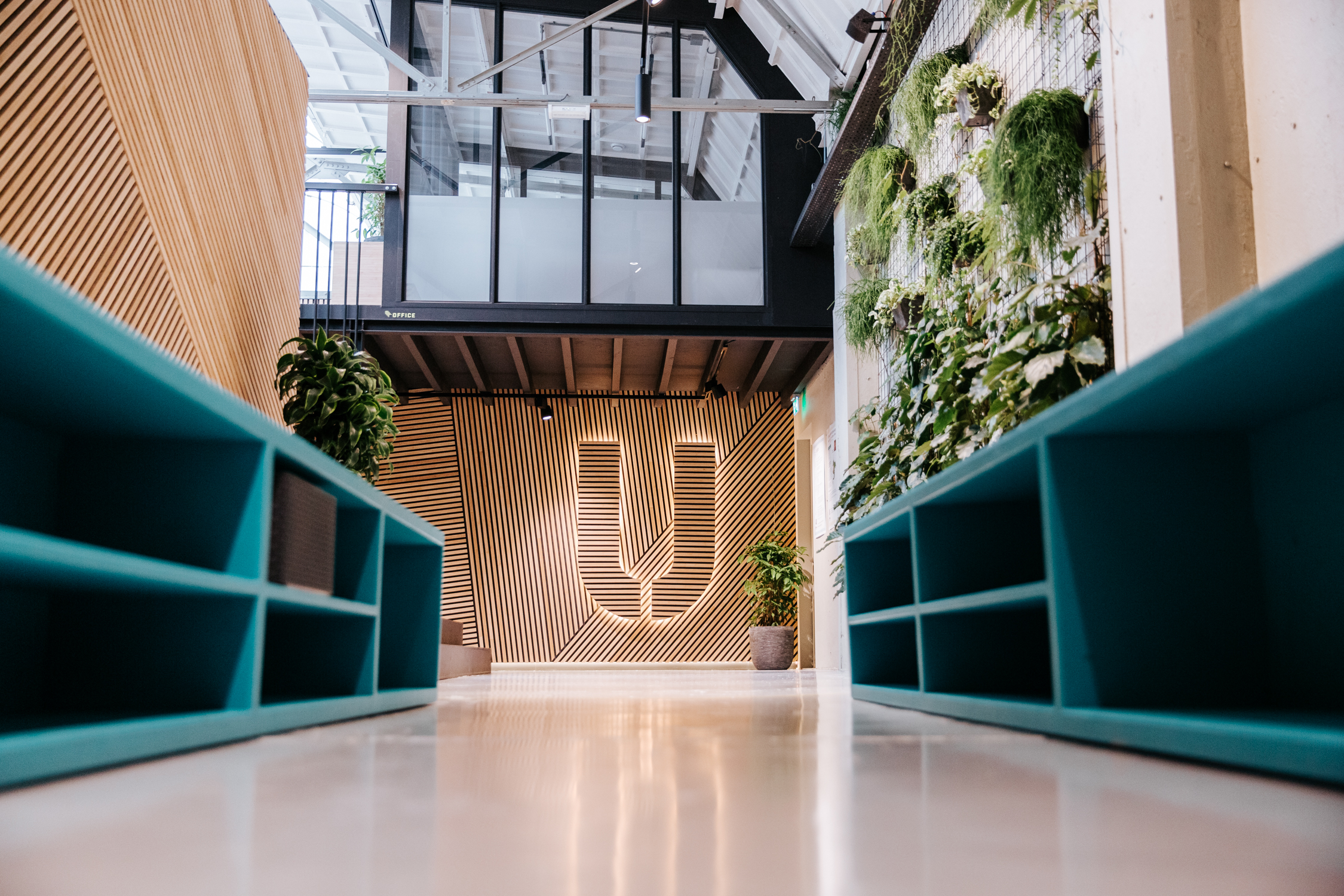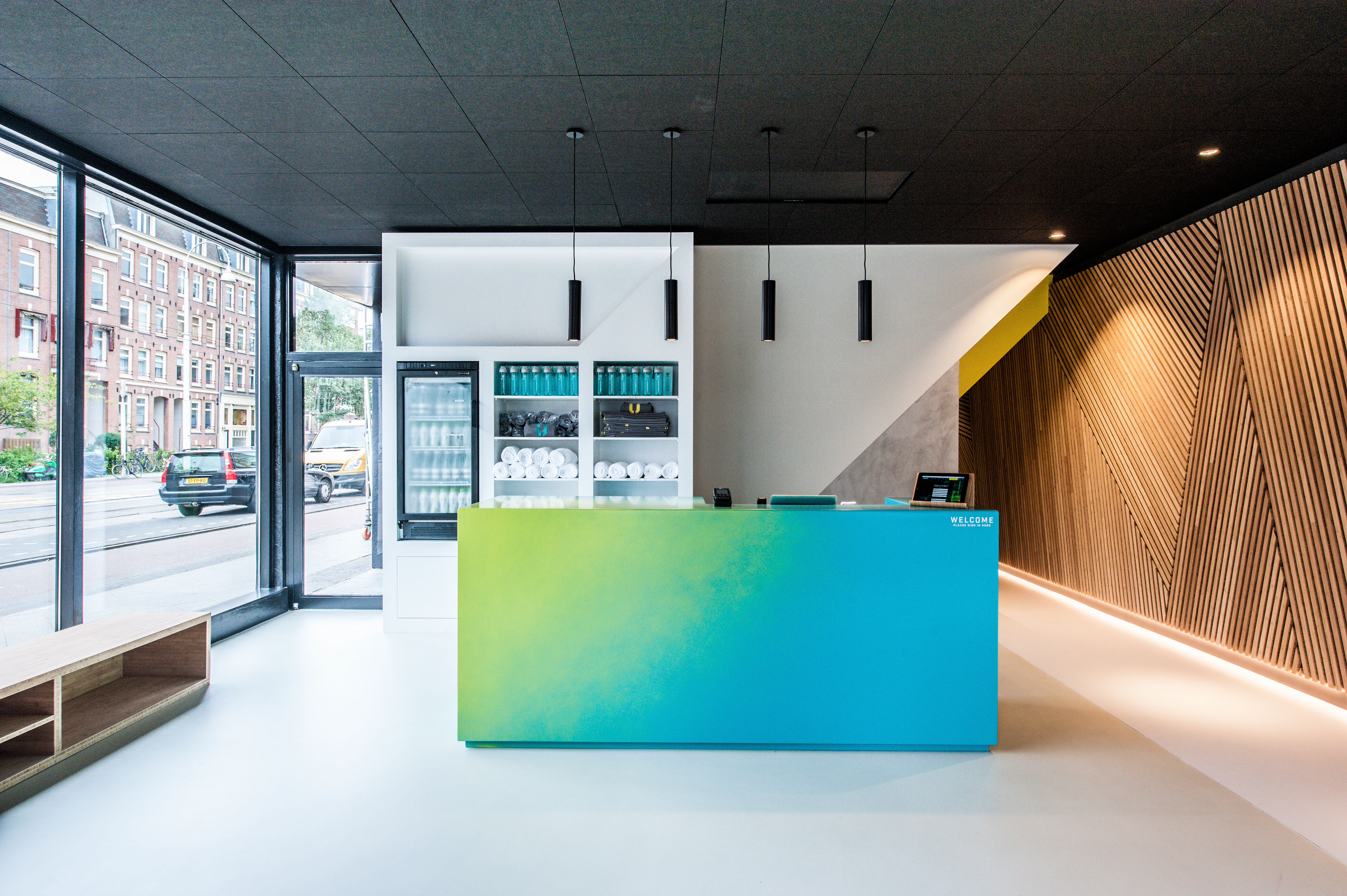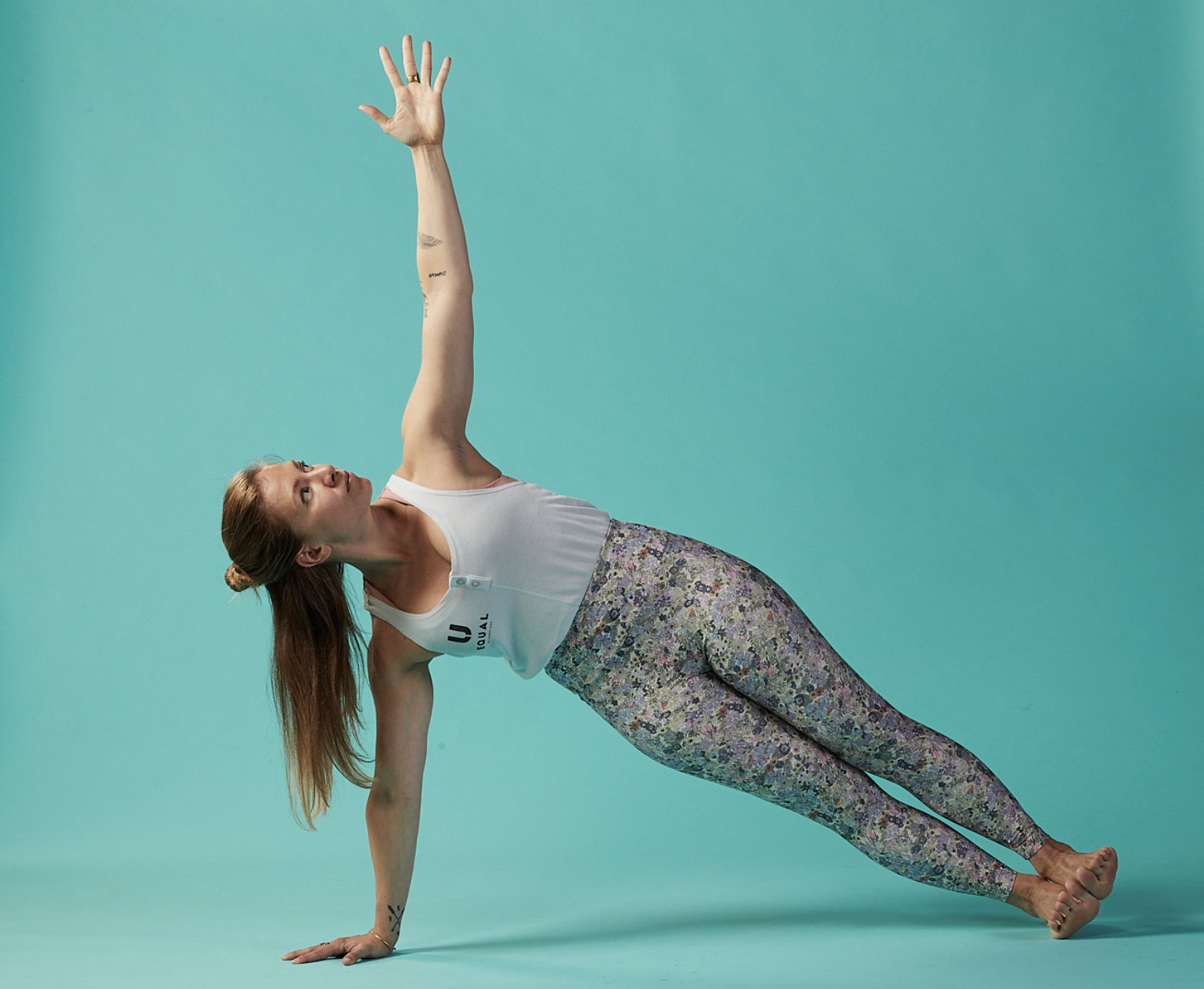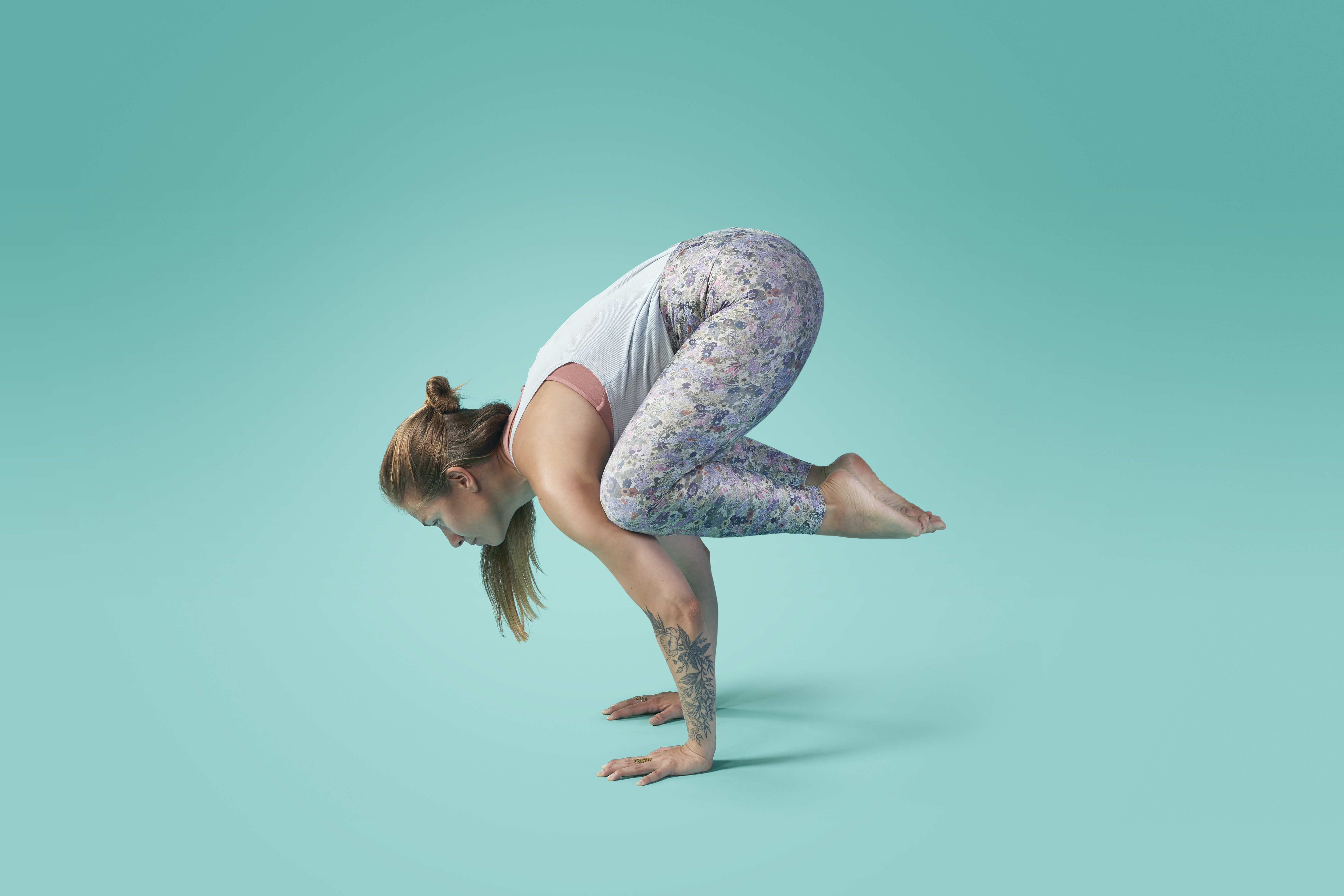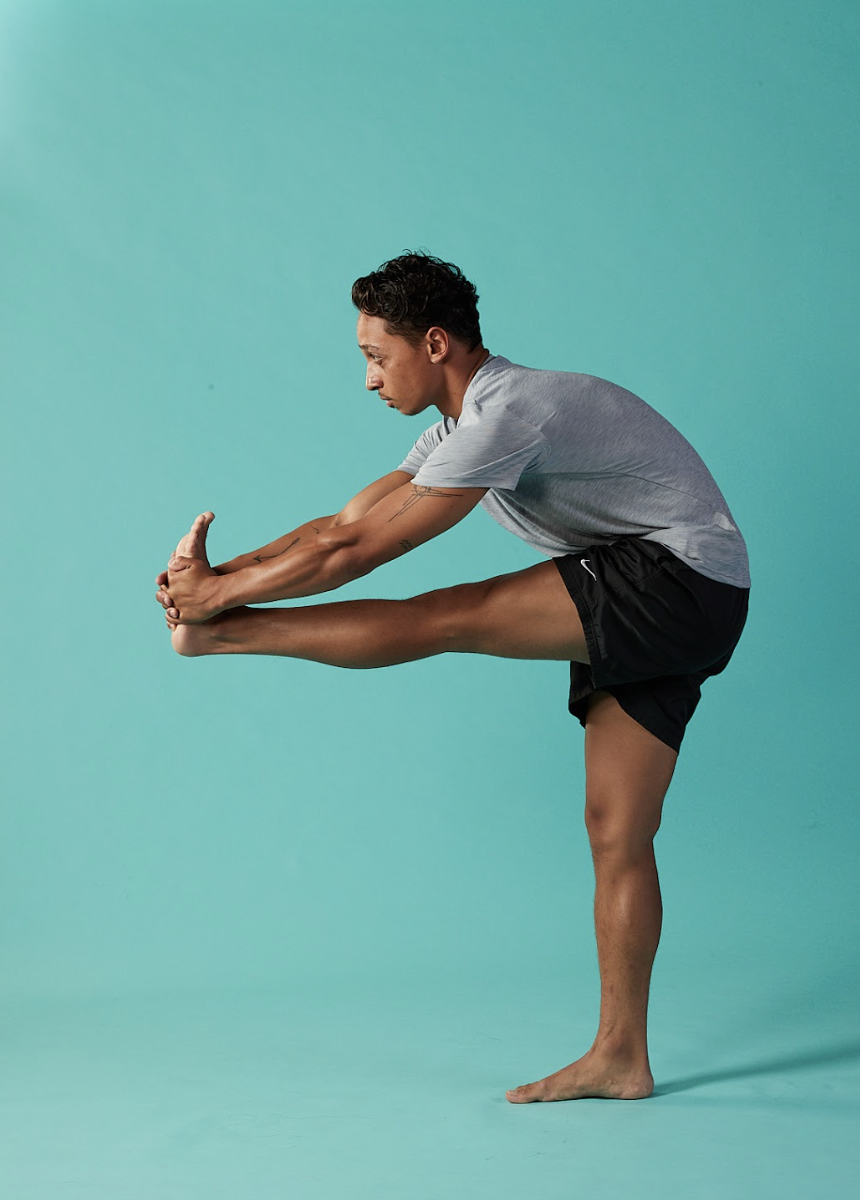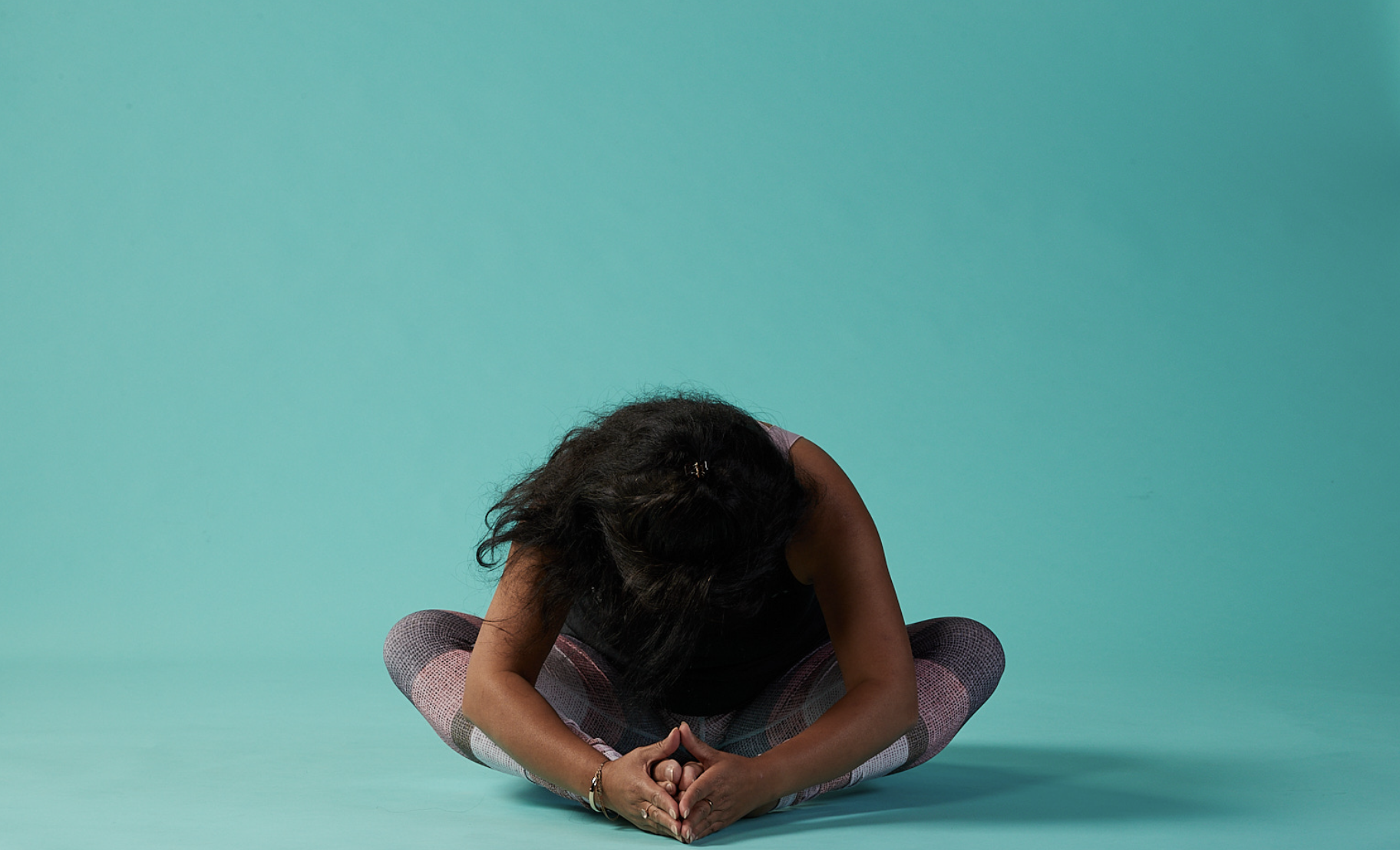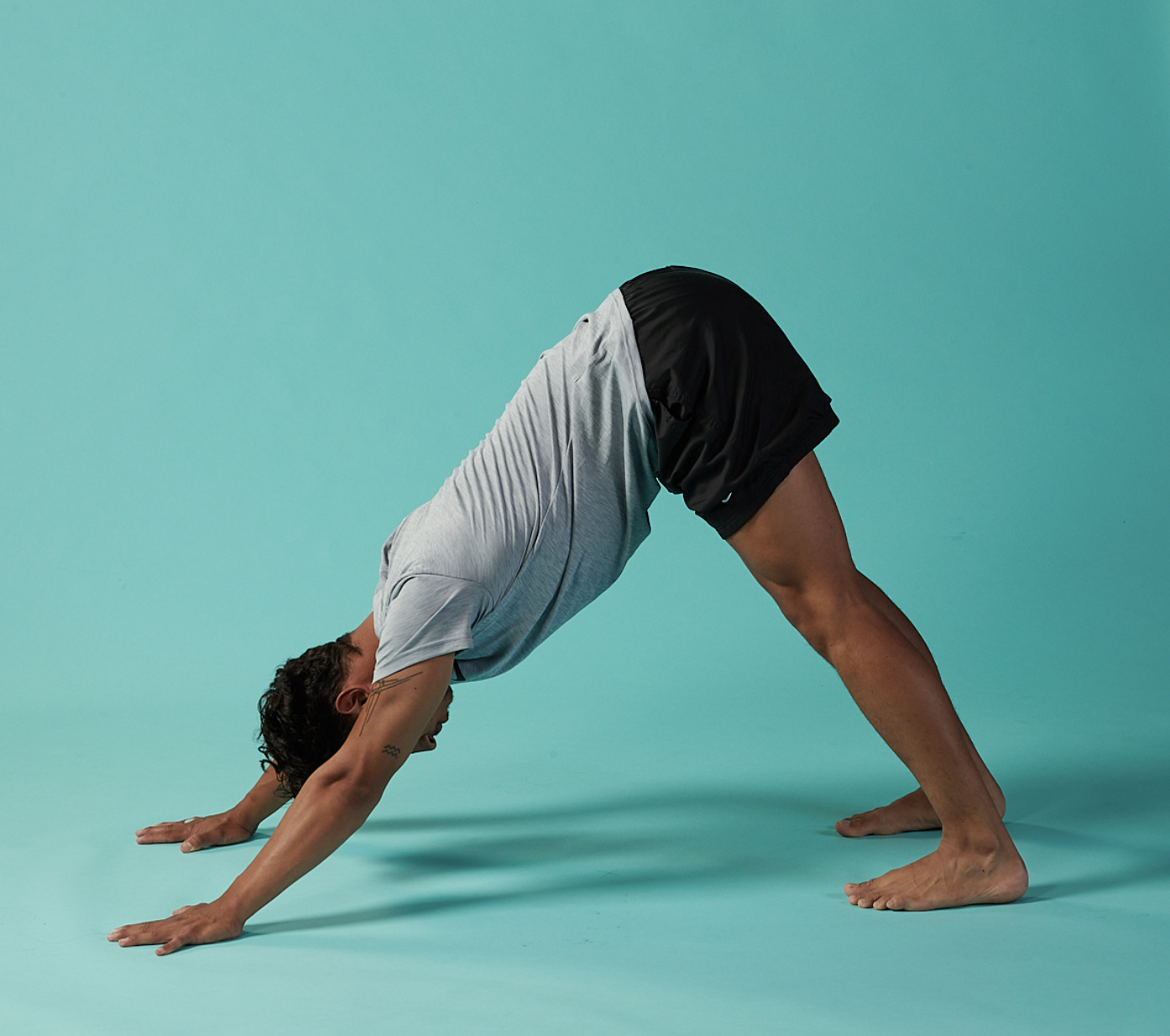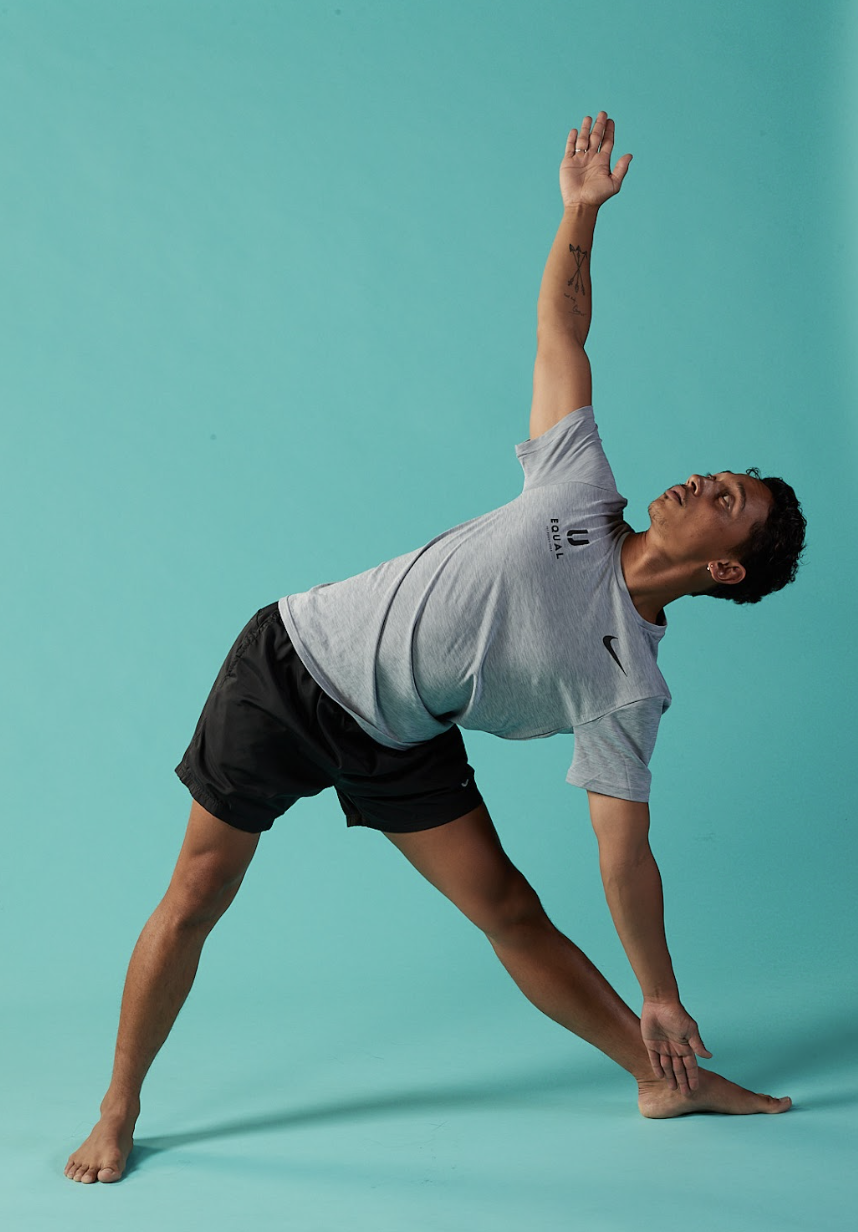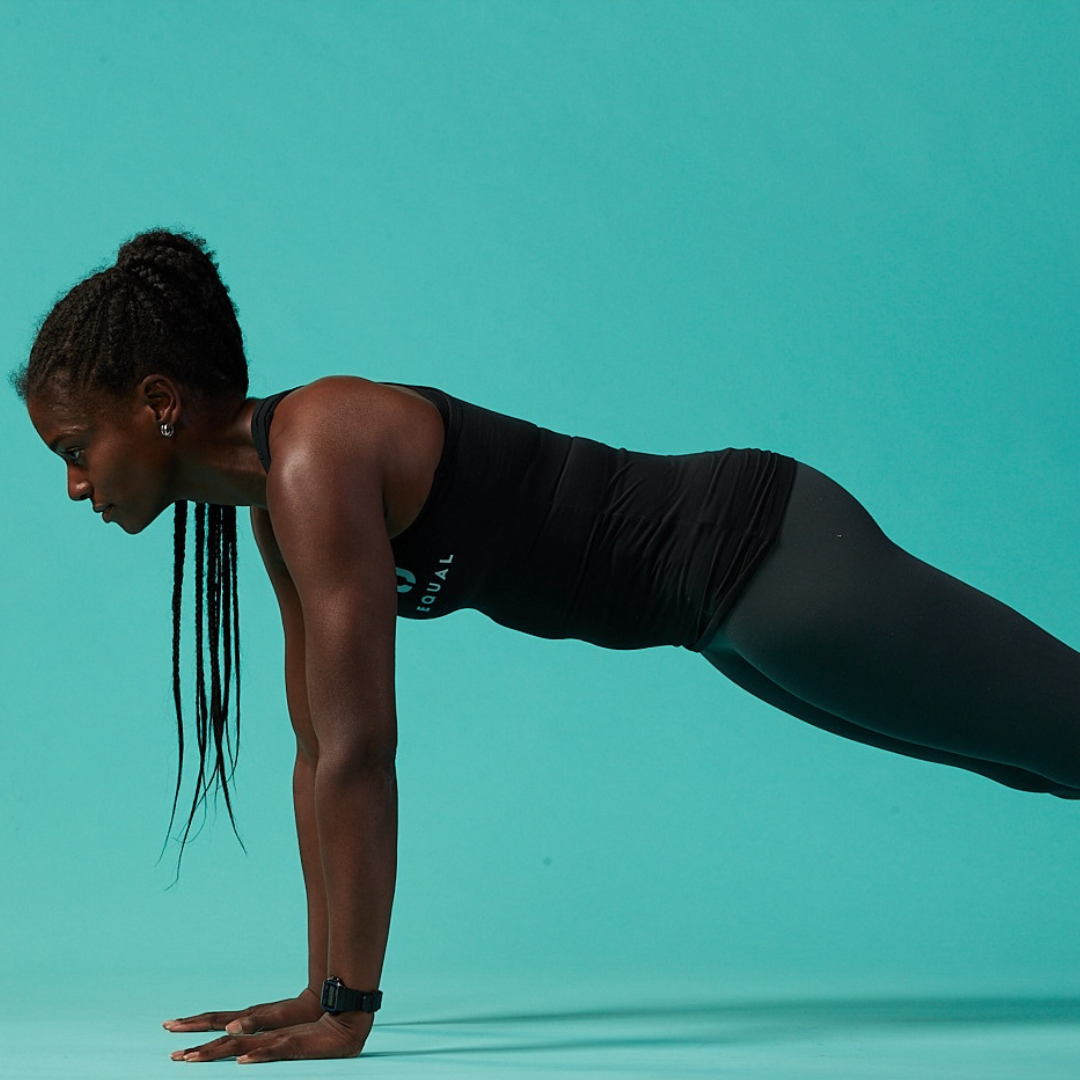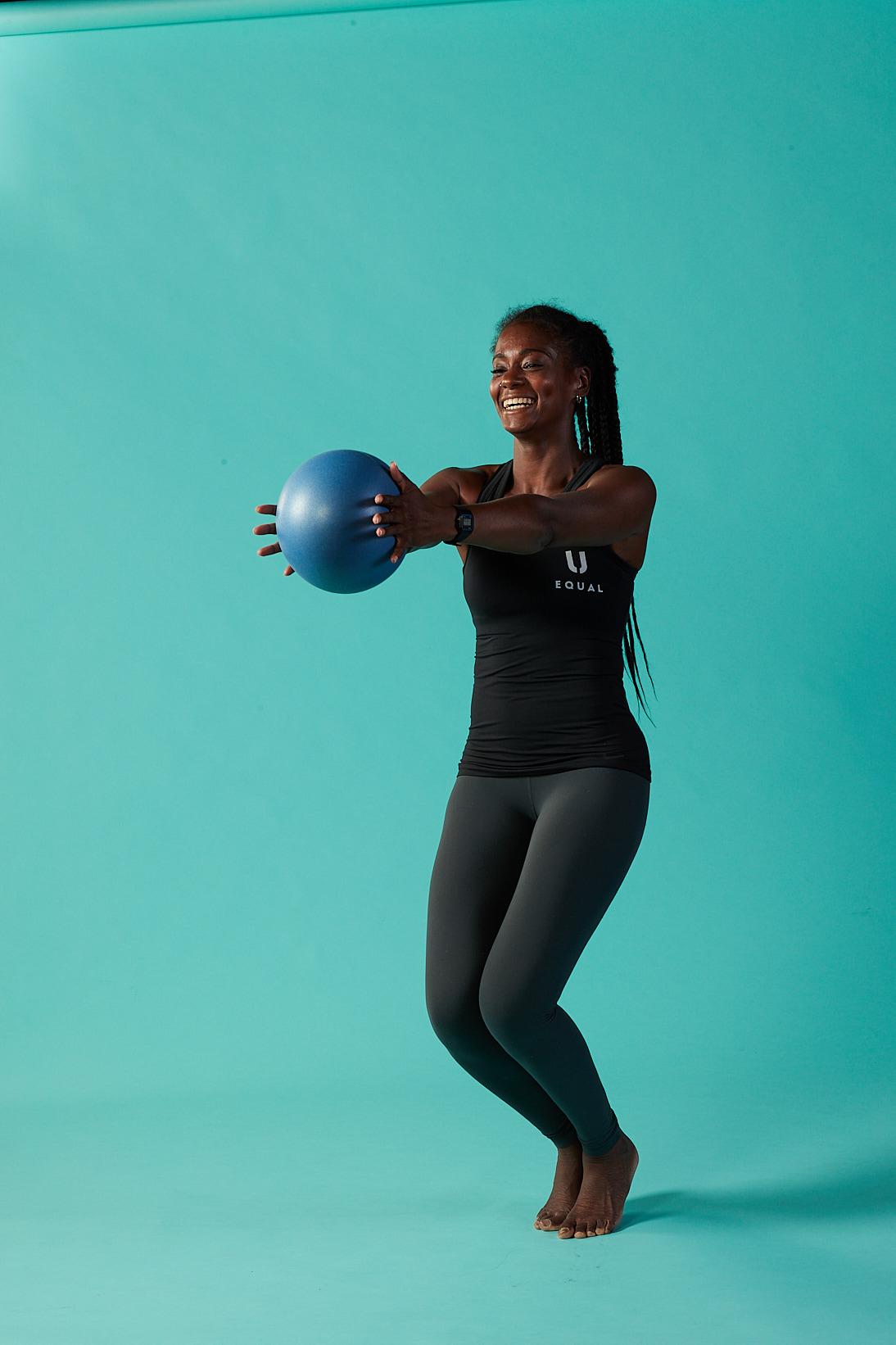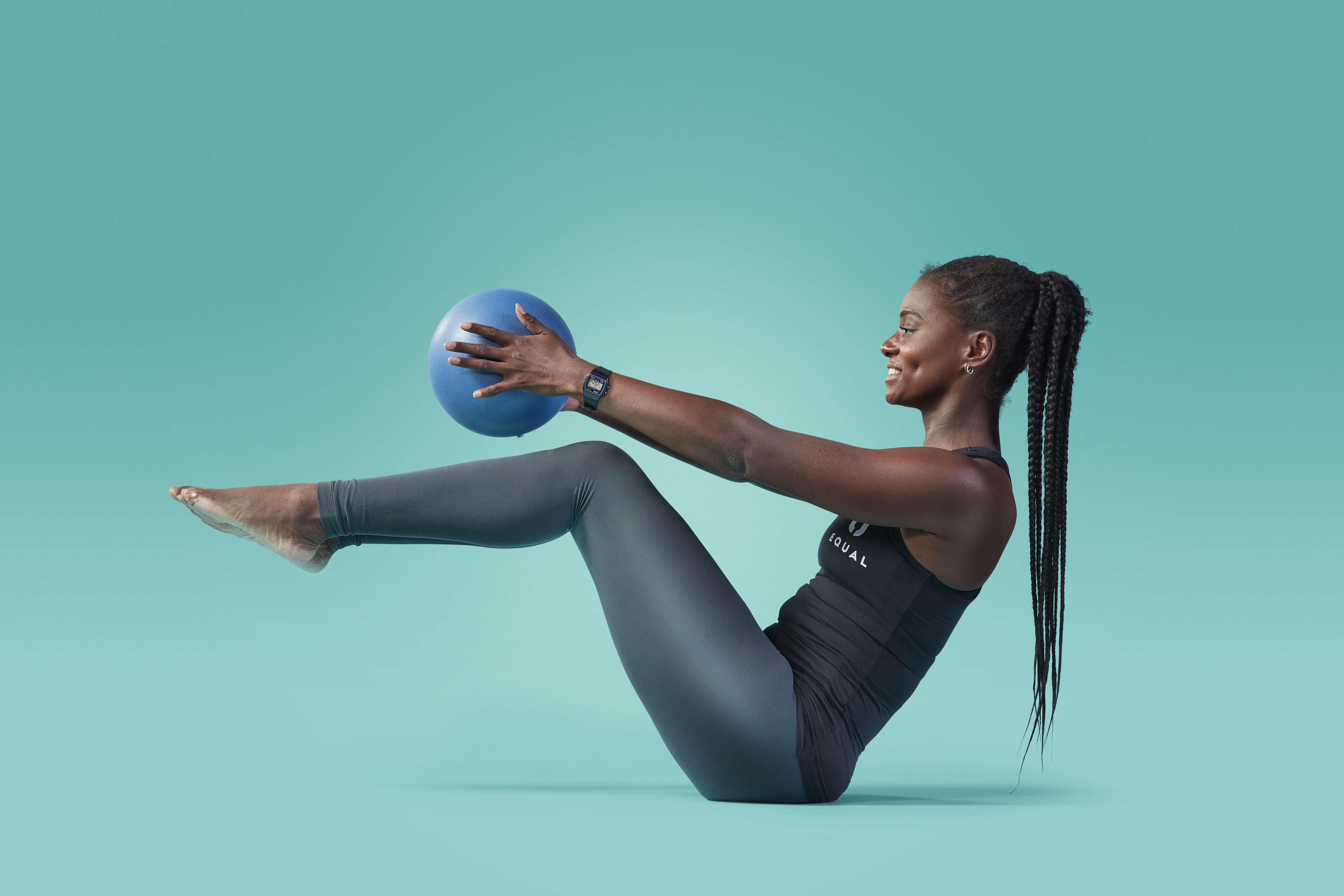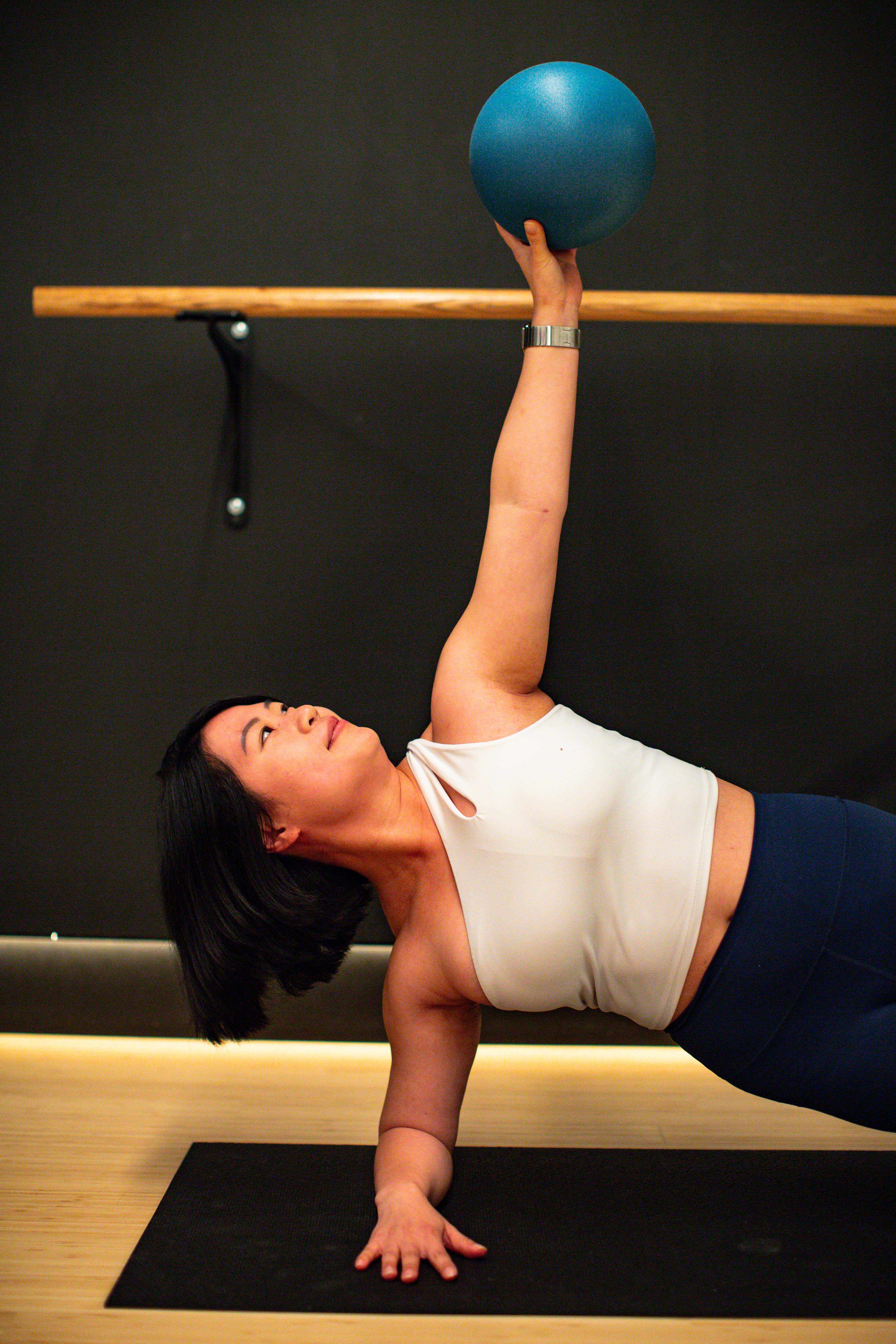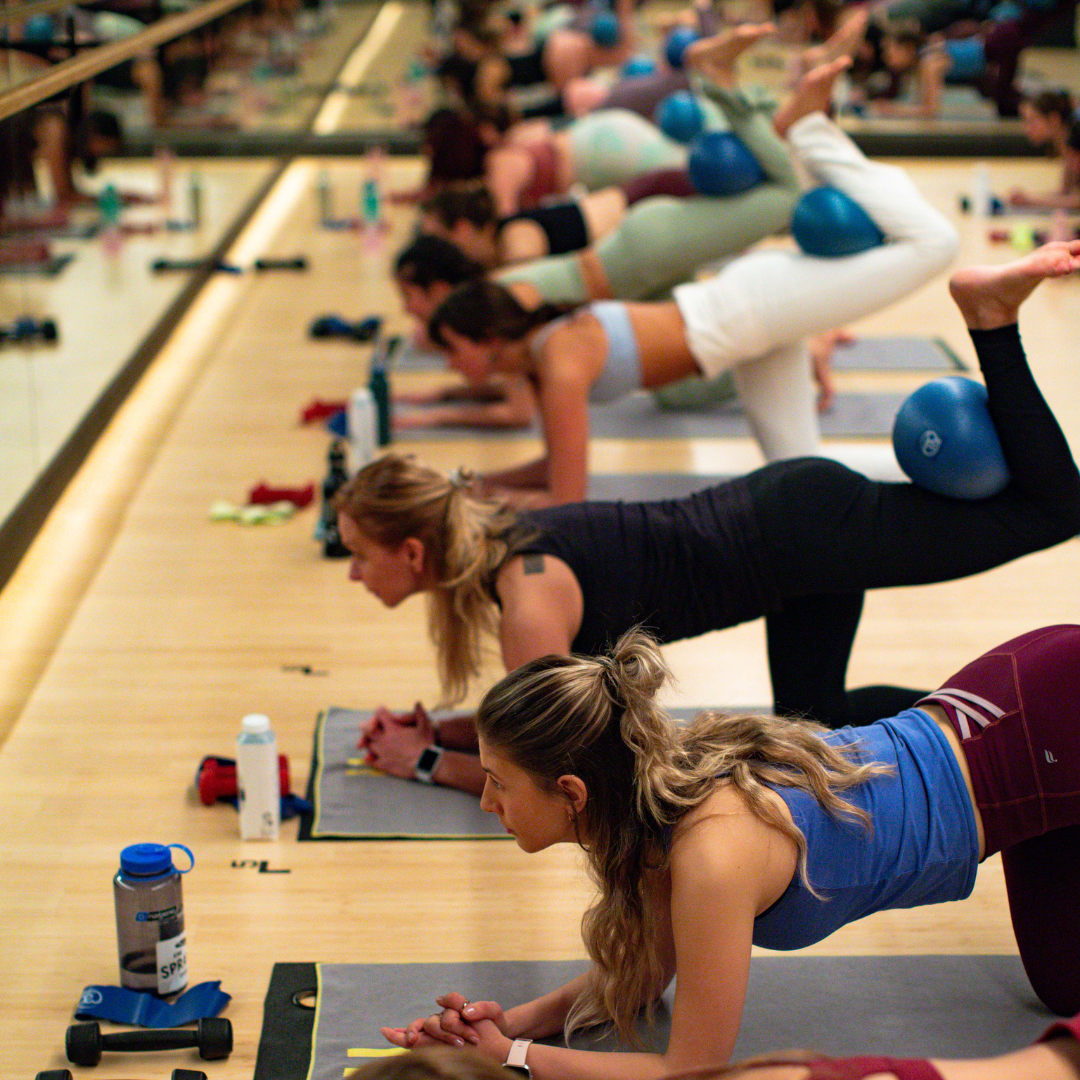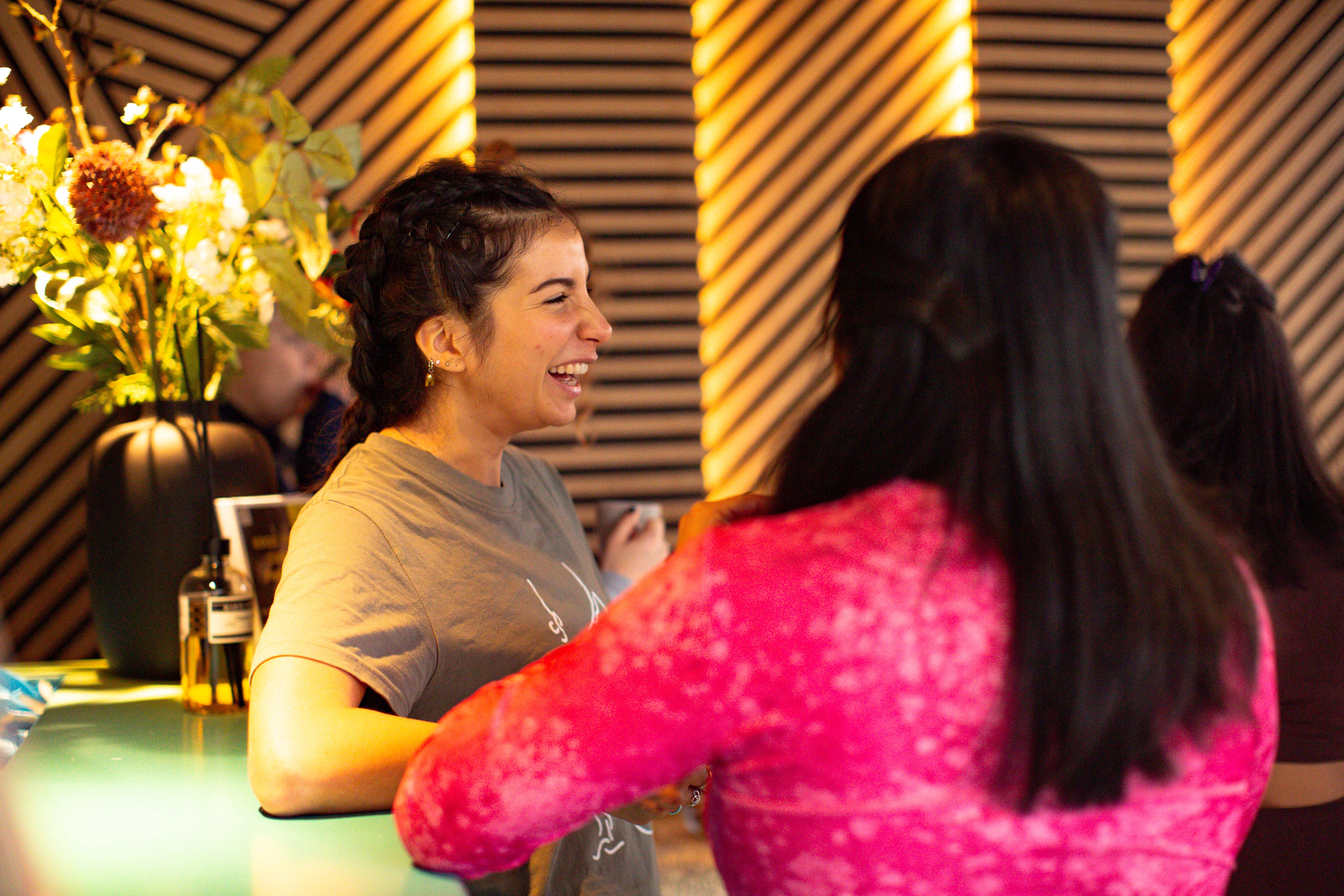It is often said that yin yoga is the practice that you did not realise you really needed, until you are actually doing it. It is not until after class that you appreciate that amazing feeling and leave with a yoga “high” and a fabulous afterglow.
The unique and remarkable physical, mental, and emotional benefits of a yin yoga practice leave you feeling refreshed, rejuvenated, and renewed. With newfound balance, space, and perspective, it is easier to feel grateful for the things you have in life (that may have been causing you stress just 60 minutes ago). What is so special about joining a yin yoga practice and why is it so different?
Yin Yoga is very different from what many of us think when we hear the word yoga. In today's world yoga is often seen as fast-paced and acrobatic movements that require a great deal of strength, coordination, and flexibility. Yoga has been looped into the same category as a workout and so classes have morphed into this style of offering, more often than not. We are so obsessed with workout culture, getting steps, and burning calories and we forget about the softer side of health - rest and recovery. These must be given equal energy and that is exactly what yin yoga teaches us. It helps us to slow down, pay attention, and create a necessary balance in our lives to help reduce a little stress and anxiety.
Yin yoga. It is a simple, quiet practice, but make no mistake, it can be quite a challenge. It is not always an easy or comfortable practice. Yin yoga has the power to take you beyond your regular comfort zone, however, this is where much of the benefit and magic lies.
Yin yoga is a slow-paced, therapeutic style of yoga. Yin postures are more passive postures, mainly done on the floor either seated or lying down. There are no sun salutations, no planks, no warriors, no jump-throughs! There is no dynamic movement and usually no standing poses at all. Yin yoga is unique in that you are asked to relax into the posture, allowing the body to soften and release naturally without pushing or straining. It is not uncommon for postures to be held for three to five minutes. The time spent in these postures is much like time spent in meditation, as the mind shifts from yang to yin, or from active to passive.
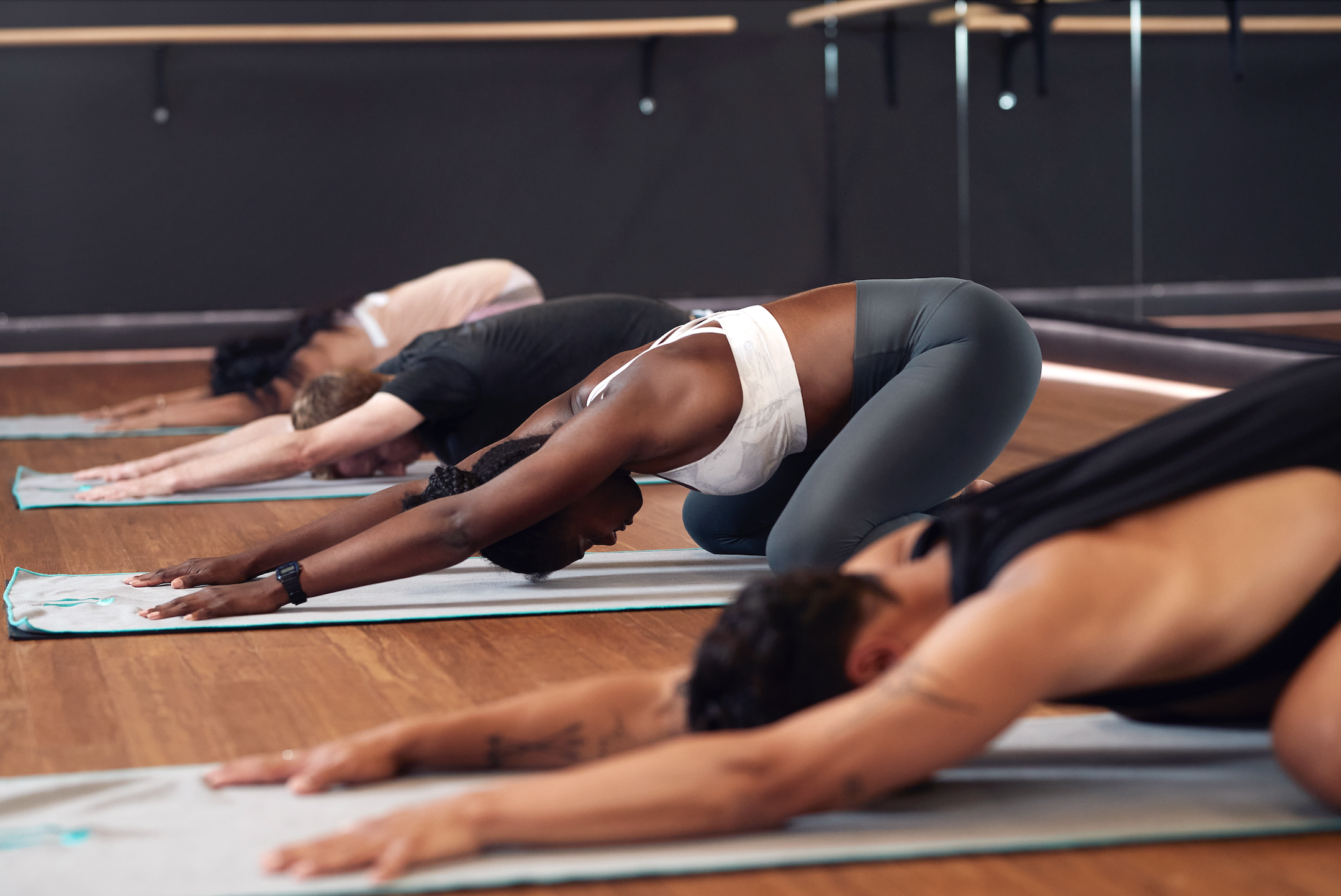
The key to practicing Yin Yoga is finding stillness in each position. The goal is to access the deeper tissues of the body, such as connective tissue and fascia, and many of the postures focus on areas that encompass a joint such as the hips, sacrum, spine. It makes sense that Yin yoga has now stepped up to the yogi plate, offering the opportunity to enjoy a more relaxed, rejuvenating, grounding practice that has tremendous benefits for body, mind and soul. While a yang yoga practice relates to movement and creating heat in the body. Yin is about finding stillness and cooling the body. We need both the yin and the yang to find balance and stay in optimal health throughout every stage of our lifespan. It differs enormously from a Vinyasa Power class, yet is the perfect complement! By having a yin and a yang yoga practice, you are creating a beautiful balance within your energy systems and a unique sense of calmness you will feel both physically and mentally. Often, I see students joining 2 classes back to back, first a sweaty one, and then ending the day with yin.
To practice yin is to surrender control, such a novel and therapeutic concept in our modern-day lives. On the surface, the yin practice might appear uneventful. But if you can tune in, you will encounter some pretty fascinating events occurring in the layers beneath the skin. This in and of itself is one of the hardest parts of Yin Yoga for many people- to stop, slow down, and simply be with themselves without distraction. The long periods in (mildly) uncomfortable positions ask you to learn to accept what is in that given moment, allowing thoughts and feelings to arise but letting them go rather than attach to them. Here, the consistent chatter of the mind can fade away, opening a space to simply be.
The lessons of Yin are gentle, and yet, profound all at once.
